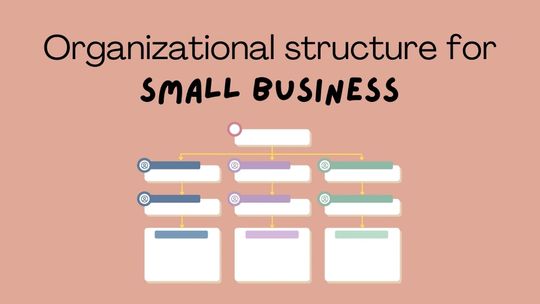
An organizational structure is the group of rules, roles, coordination, relationships and responsibilities that allow groups to work together within their individual functions to manage tasks and meet the company’s goal.
Even if you are a small business, with just a few employees having an organizational structure can be useful for your business goals, and increase the efficiency and effectiveness of the business operations.
Every small business has different needs, so there is no one-size-fits-all solution, every small business should choose its own organizational structure. You can, however, determine which of the most common structures we have compiled in this blog works for your business.
Most common organizational structure for small business

1. Functional structure
Also known as bureaucratic organizational structure, it establishes a hierarchy based on the job role of each employee, which means you group your employees by the specific functions they perform.
2. Divisional structure
Unlike the functional structure, the divisional one divides the employees base on product or region, rather than function, within your business. This type of structure is most common in large companies.
3. Matrix structure
A matrix structure is a combination of functional and divisional structures. Employees may be part of a functional group (i.e. engineer) but may serve on a team that supports new product development (i.e. new software). Matrix organizational structures bring together employees who focus on a project but fill different roles from across your business.
4. Flatarchy structure
Is one of the newest structures and the favourite one for startups and small businesses. As the name alludes, it flattens the hierarchy and gives the employees from different levels a lot of autonomy allowing them to make decisions in the organization. Companies that use this type of structure have a high speed of implementation.
When your business starts small and then grows, it is not uncommon to start with one organizational structure and then transition to another structure. If you need help with this transition or just don’t know where to start, contact us! We understand the needs of the small business because we ourselves are small businesses.




